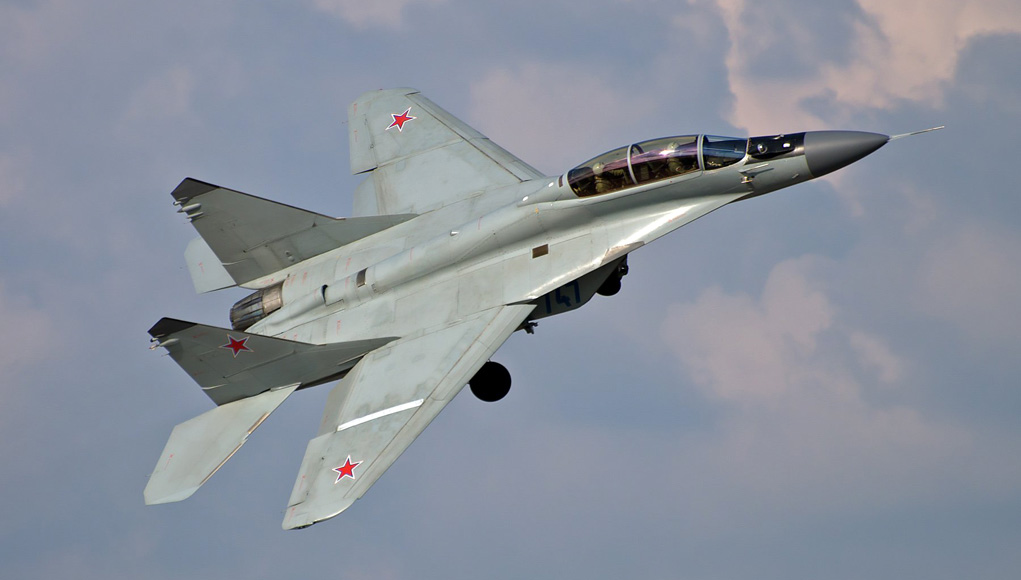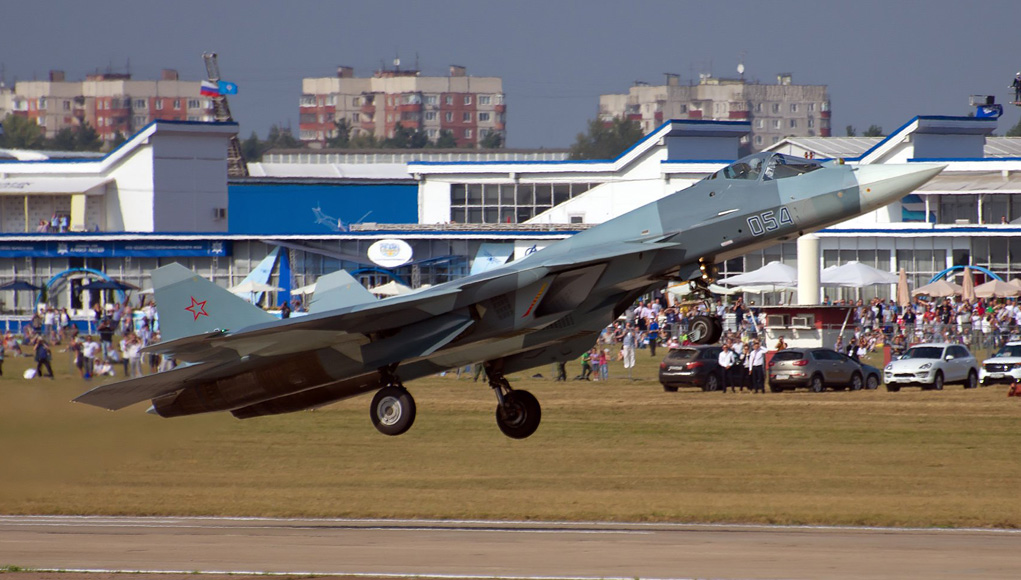Facing the pressure of economic sanctions imposed by Western countries, the Russian civilian aviation market has experienced reduced business volume, due to dropping demand from domestic airlines. Against this background the military aviation market took center stage at the MAKS 2015 airshow at Zhukhovsky near Moscow, Russia. Despite the absence of new military aircraft, Russian manufacturers unveiled a number of new systems and capabilities at the airshow, positioned as the largest aerospace event of the Eastern bloc.
Some of the new Russian aircraft – the MiG-35 and the T-50 have yet to reach operational service, but are already attracting customer attention. Traditional platforms, such as the Su-27 and the MiG-29, remain the hottest sales items in the Russian inventory, although they are all based on 1980s technology – developed by the old-school Soviet designers in the last years of the Communist USSR.
Surprisingly, these old designs are facing the same opponents they had thirty years ago – the F-16s, F-15s and F-18s. Although Russia has lagged behind in the past two decades – as the USA developed and fielded the fifth-generation F-22 Raptor – Russia is now nearing the operational introduction of the T-50, one or two years after the second fifth-generation U.S. fighter (F-35) is reaching initial operational capability.
Although in terms of electronic systems the F-35 is more sophisticated and capable, the Russian fighter shows much better performance, in terms of super maneuverability and combat potential, with a superior flight envelope and an increased weapons load. In fact, given the problematic performance of the F-35, some analysts consider the introduction of the Russian Advanced Fighter Aircraft (PAKFA or T-50) will actually open a gap in favor of the Russians, rather than having the Russians closing the gap opened by the Americans in the past 20 years.





















